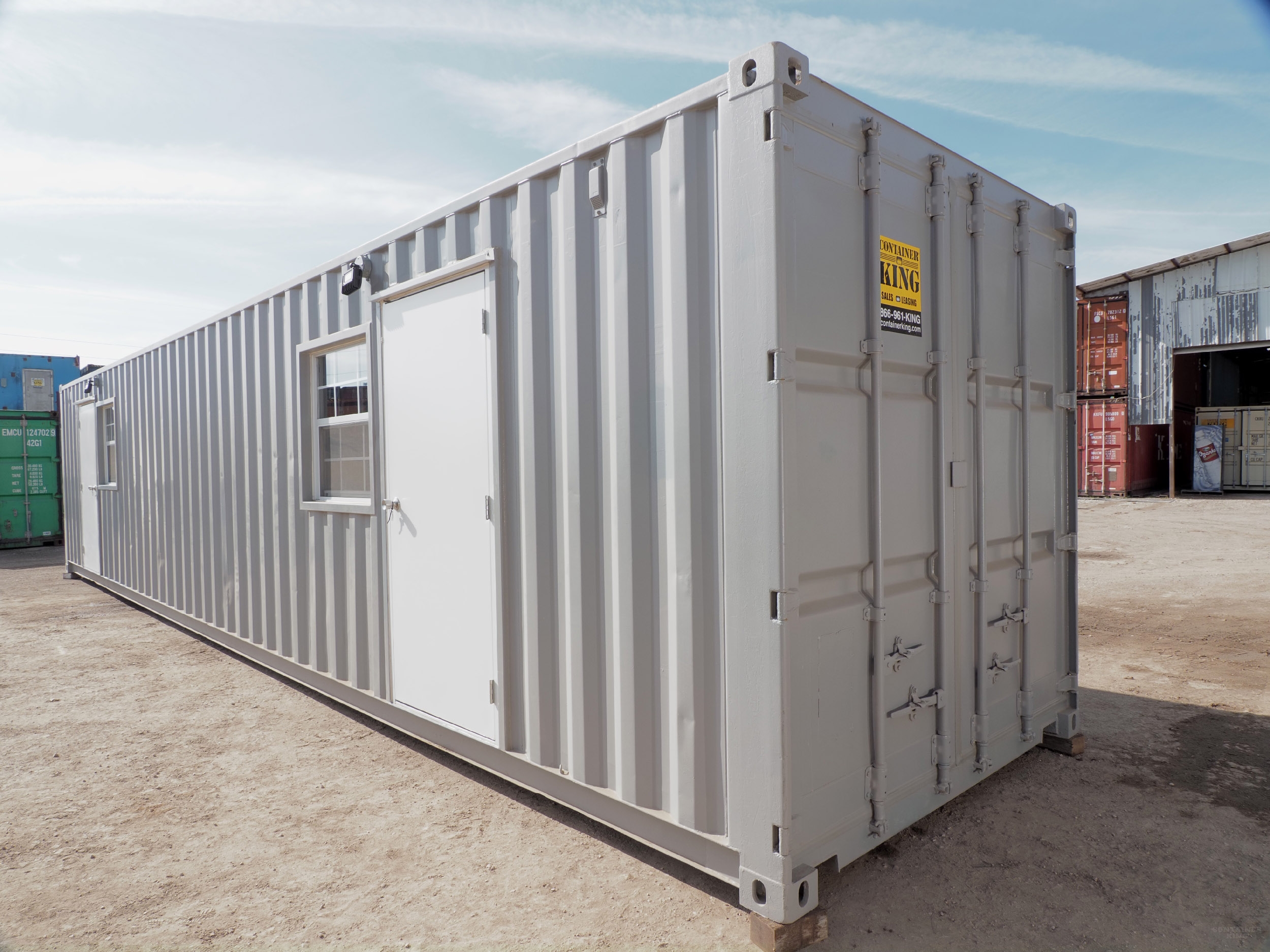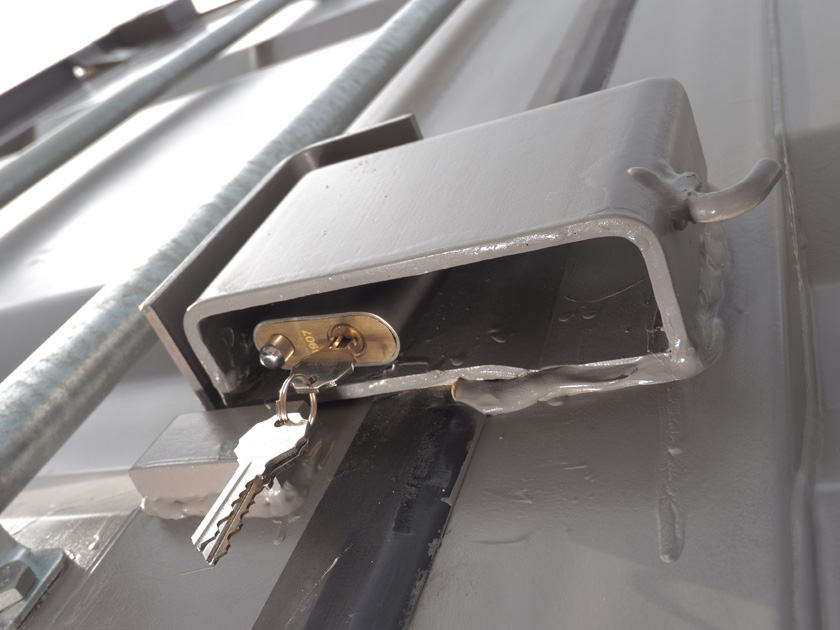Enhancing Job Site Security with Storage Containers
If your job site is in a remote location, such as a construction project, keeping tools and equipment secure can be a challenge. While there are various storage options available, finding one that offers both portability and security can be tricky. With the right storage container, you can solve your security problems and protect your valuable assets.
Storage Container Sizes and Security Features
At Container King, we offer storage containers ranging from 10 feet to 53 feet, built with durable steel and equipped with hardwood floors. Our containers are designed with security in mind, featuring:
- Steel lockboxes to protect padlock areas from tampering
- High-security locks on exterior doors
- Optional window bars and door bars for added protection
These features make our containers a reliable option for securing your job site, keeping theft at bay, and ensuring your equipment stays safe.
Weather Protection for Your Equipment
In addition to providing security, our storage containers also help protect your equipment from the elements. Constructed from durable steel, they offer a dry, weatherproof environment for your tools, machinery, and materials. With containers that are built to withstand rain, wind, and extreme temperatures, you can keep your valuable assets safe, no matter the weather.
Combatting Theft on Job Sites
Theft is a significant concern for many construction companies. Tools, machinery, and materials left unsecured can be stolen during breaks or after hours, resulting in costly replacements and delays. Using a secure, steel storage container eliminates these risks, ensuring your equipment remains safe and accessible only to authorized personnel. With a storage container from Container King, you can protect your investment and maintain your project timeline.
Container King’s Security Solutions
Storage containers offer more than just a place to store equipment, they provide a strong, secure environment that’s difficult to breach. Our containers are made from the toughest steel, with reinforced entry points that make unauthorized access nearly impossible. Whether you’re storing small tools or large machinery, you can rest assured that your items are safe, even when you can’t be on site.
Benefits of Using Storage Containers on Job Sites
Storage containers offer a range of benefits for your construction site operations:
- Portability: Move your container from site to site as needed, eliminating the need for multiple containers.
- Space-saving: Stack containers to save space or opt for custom sizes that fit your needs.
- Branding: Containers can double as mobile advertising for your business, with the ability to display your logo and contact information.
Frequently Asked Questions About Storage Containers and Job Site Security
Do containers improve job site security?
Yes, shipping containers are a highly secure storage solution, especially when equipped with quality locks and lockboxes.
How can I boost security with containers?
Enhance security by using heavy-duty padlocks, installing lock boxes, and adding surveillance cameras. Placing your container in a well-lit, visible area also deters theft.
Why are containers considered more secure than other options?
Containers are made from corten steel, which is highly resistant to damage and unauthorized access. Combined with the right locks and security features, they provide unmatched protection.
Can containers completely solve security issues?
While containers are a highly secure storage solution, you should still consider additional security measures, such as surveillance and proper placement, to further deter potential theft.
How can I theft-proof my container?
For maximum security, use lockboxes, high-quality padlocks, and internal security features like bars or reinforced doors. Adding surveillance cameras and lighting will also help.
How do I secure equipment inside a container?
Consider installing shelves to organize tools, securing large items with straps, and keeping valuable equipment locked in cabinets inside the container.
How difficult is it to break into a shipping container?
Due to their heavy-duty steel construction, shipping containers are extremely difficult to break into. When properly secured, they offer a high level of protection against theft.
What security risks should I be aware of with containers?
Some risks include forced entry through doors or walls, lock vulnerabilities, and poor placement that may not provide sufficient visibility. Always assess the location and lock the container properly.
Security Technology Add-Ons for Extra Protection
To further enhance security, consider adding advanced technology to your container:
- GPS Tracking: Add GPS tracking devices to monitor the location of your container at all times.
- Surveillance Cameras: Install cameras for real-time monitoring and recording to deter theft.
- Motion-Sensor Lights: Deterring nighttime theft becomes easier with motion-sensor lights around your container.
Ready to Secure Your Job Site?
If you’re looking to enhance security on your job site, storage containers from Container King are the perfect solution. With customizable options, weather protection, and a variety of security features, our containers provide peace of mind so you can focus on your project. Contact us today to find the ideal container for your needs, or request a free quote to get started.



